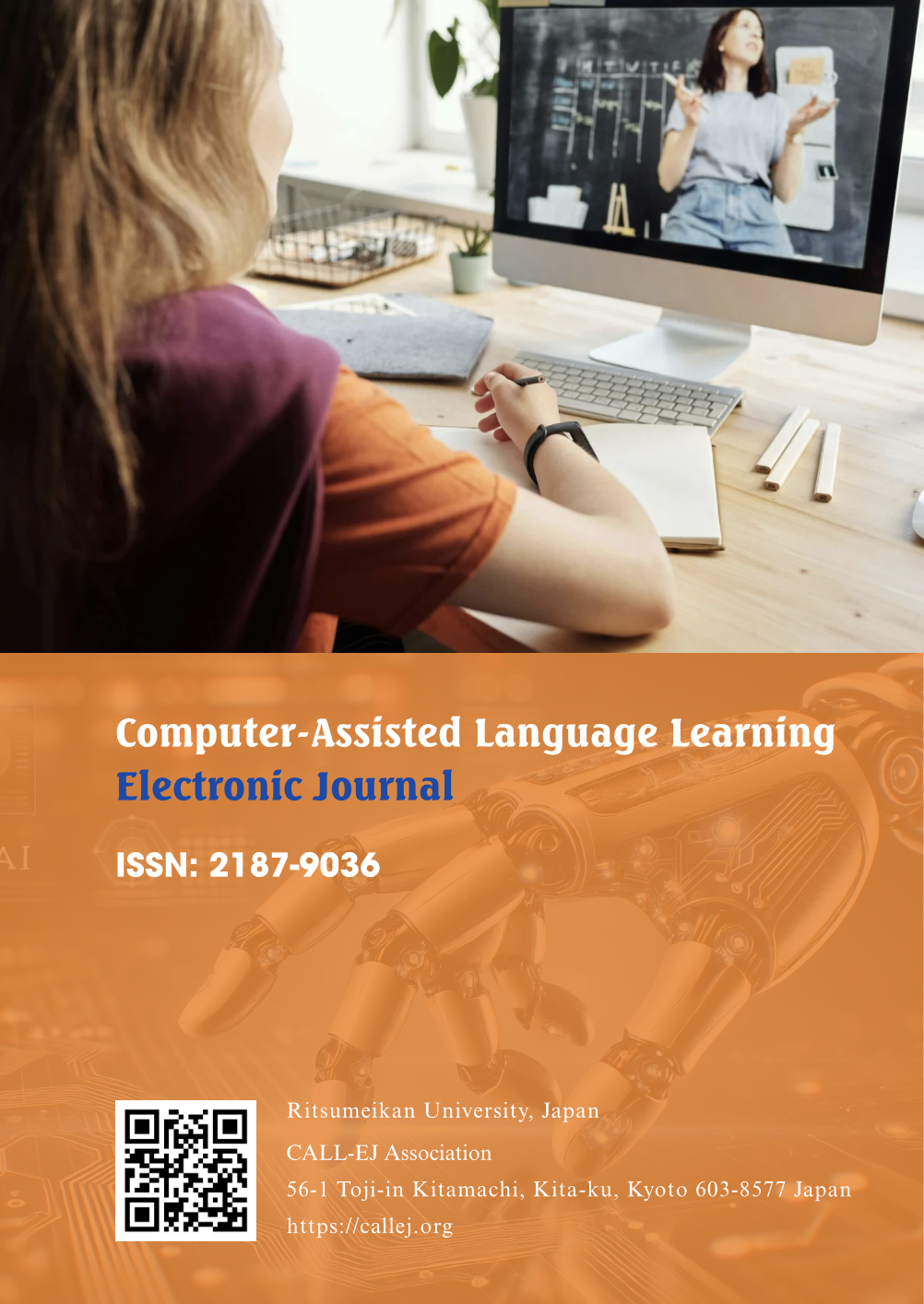Abstract
This study investigates the use of Google Docs mobile app to improve students’ pronunciation and explores potential effects on their autonomy, self-efficacy beliefs, and motivation for pronunciation practice. The participants were 71 Japanese university freshmen enrolled in a compulsory Basic Speaking class for a 16-week semester. Pre- and post-surveys were used to measure the attitudes and opinions of both the treatment group (n=50) and control group (n=21), while pre- and post-assessments were employed to assess the effectiveness of the intervention. The results showed that there was statistically significant improvement of pronunciation between the pre- and post-assessments of the treatment group, suggesting that the intervention was successful in improving participants’ pronunciation. However, the survey results indicated no significant differences between groups in autonomy, self-efficacy beliefs, or motivation pre- and post-intervention. This highlights the need to couple technology tools with explicit strategies and support for promoting autonomy, self-efficacy, and motivation.
References
Akkara, S., Mallampalli, M. S., & Anumula, V. S. (2020). Improving second language speaking and pronunciation through smartphones. International Journal of Interactive Mobile Technologies (iJIM), 14(11), 280–287. https://doi.org/10.3991/ijim.v14i11.13891
Deci, E. L., & Ryan, R. M. (1985). Intrinsic motivation and self-determination in human behavior. New York, NY: Plenum.
Gilakjani, A. P. (2016). English pronunciation instruction: A literature review. International Journal of Research in English Education, 1(1), 1–6.
Hiramoto, M. (2013b). English vs. English conversation In The Politics of English: South Asia, Southeast Asia and the Asia Pacific Edited by Lionel Wee, Robbie B.H. Goh and Lisa Lim. Studies in World Language Problems, 227–248. https://doi.org/10.1075/wlp.4.16hir
Lim, S. (2023). Are Japanese junior high school teachers ready for one-to-one devices in schools? A case study. The Language Teacher, 47(1), 3–9. https://doi.org/10.37546/jalttlt47.1-1
Matsuya, Y. (2003). English teaching in Japan. California Linguistic Notes, 28(1), 1-19.
Mompean, J. Antonio & Fouz-González, J. (2016). Twitter-based EFL pronunciation instruction. Language Learning & Technology, 20(1), 166–190. http://dx.doi.org/10125/44451
Spahiu, I., & Kryeziu, N. (2021). A contrastive study of grammar translation method and direct method in teaching of English language to primary school pupils. Linguistics and Culture Review, 5(S2), 1022-1029.
Sturm, J. (2019). Current approaches to pronunciation instruction: A longitudinal case study in French. Foreign Language Annals, 52(1), 32-44. https://doi.org/10.1111/FLAN.12376
Wongsuriya, P. (2020). Improving the Thai students’ ability in English pronunciation through mobile application. Educational Research and Reviews, 15(4), 175–185. https://doi.org/10.5897/ERR2020.3904

This work is licensed under a Creative Commons Attribution 4.0 International License.
Copyright (c) 2025 Author and CALL-EJ

